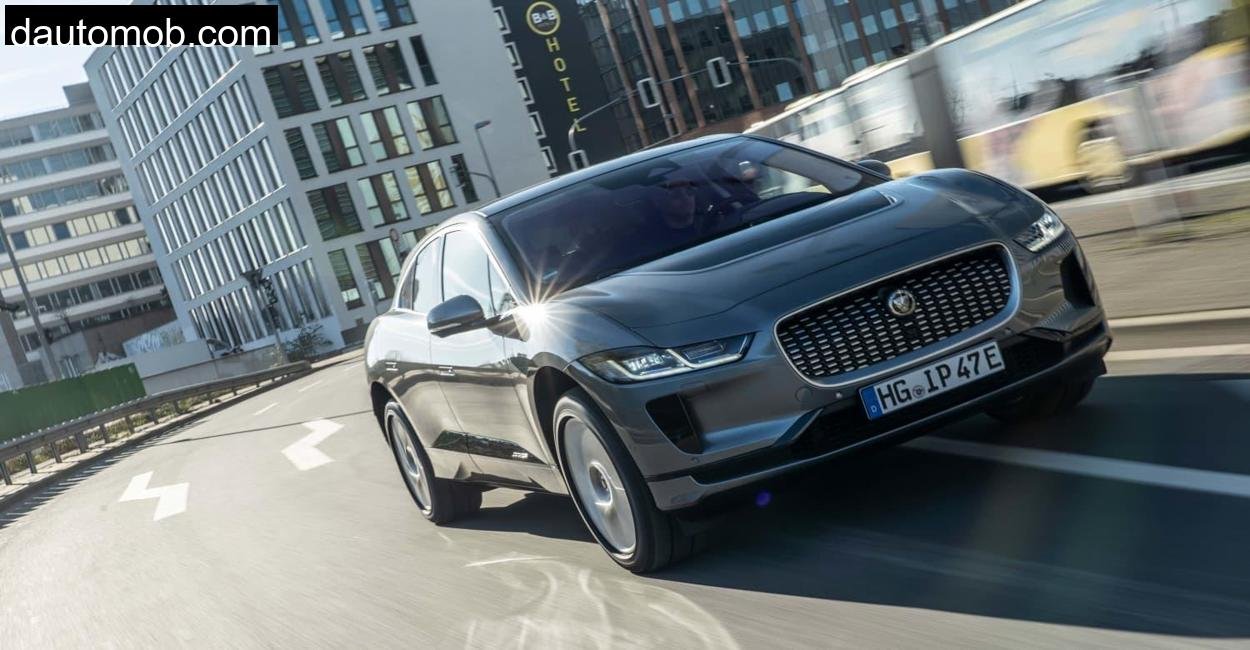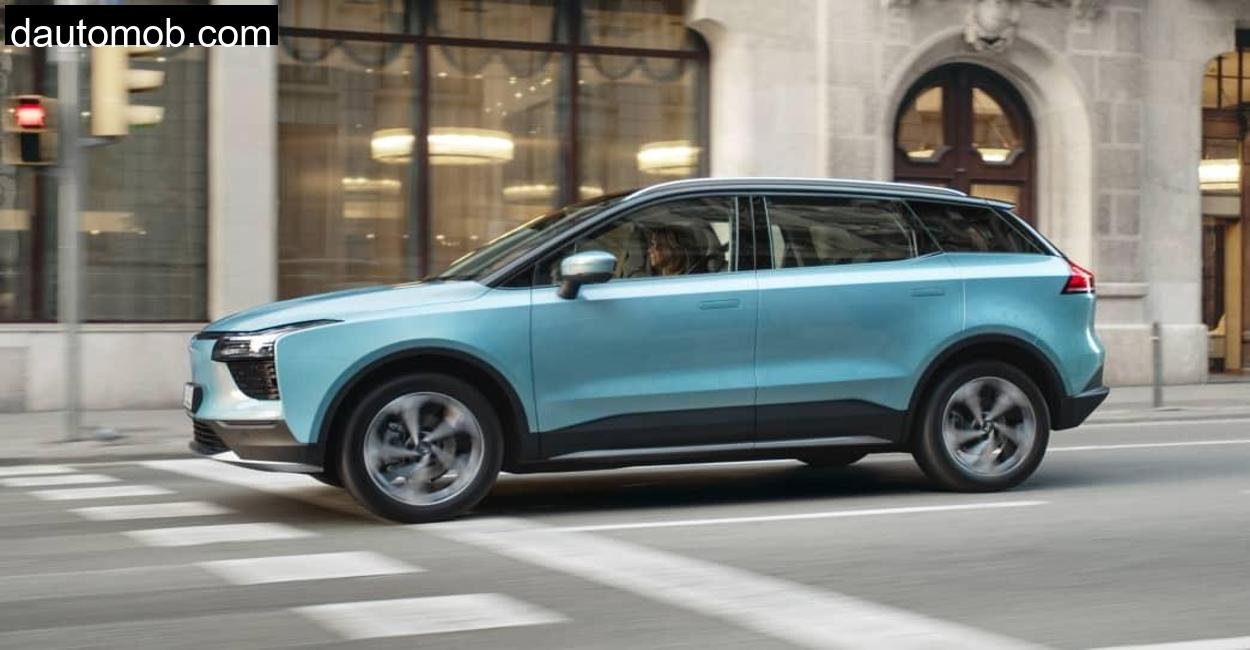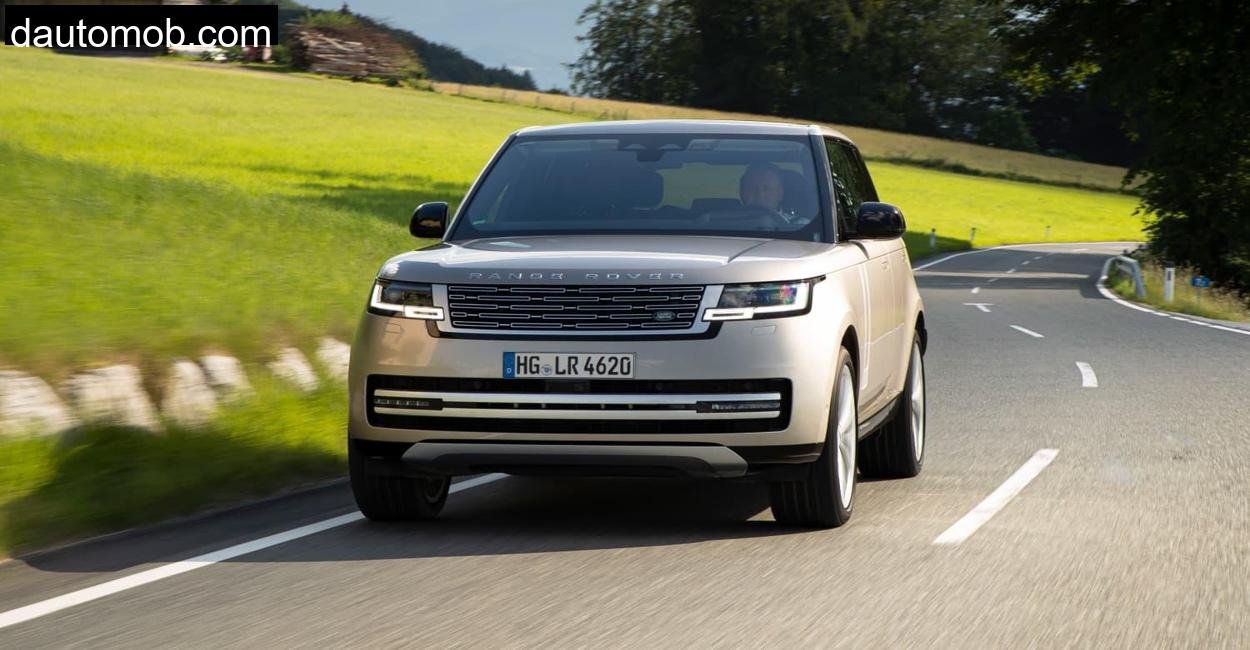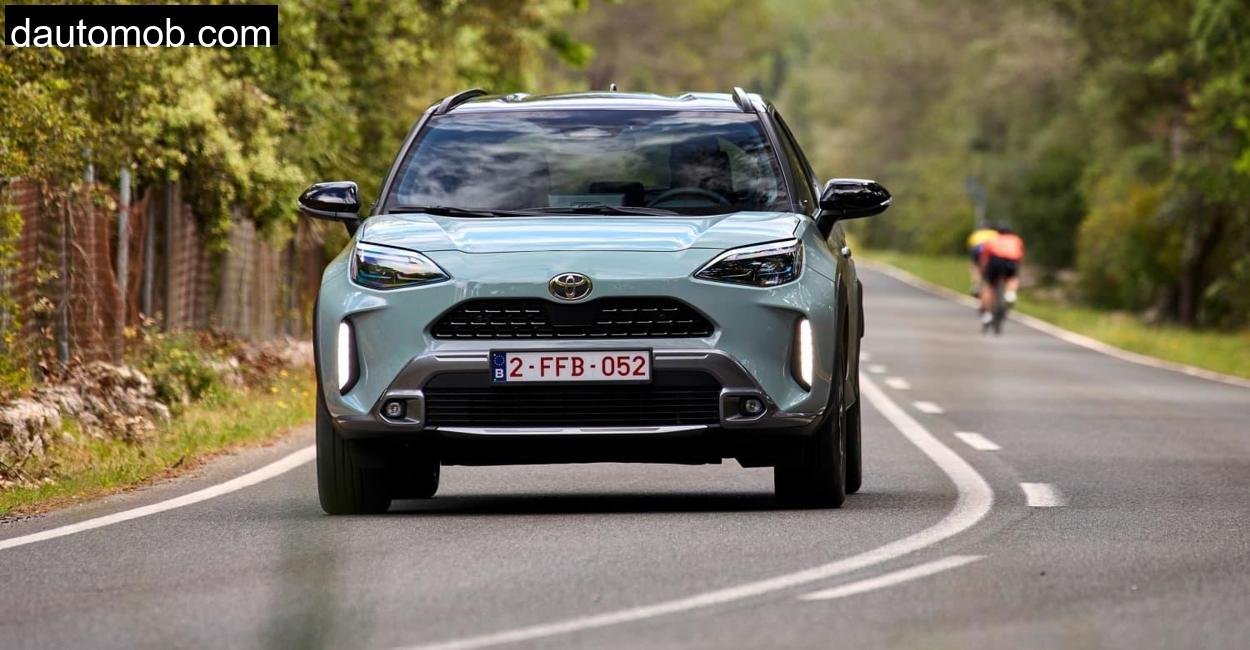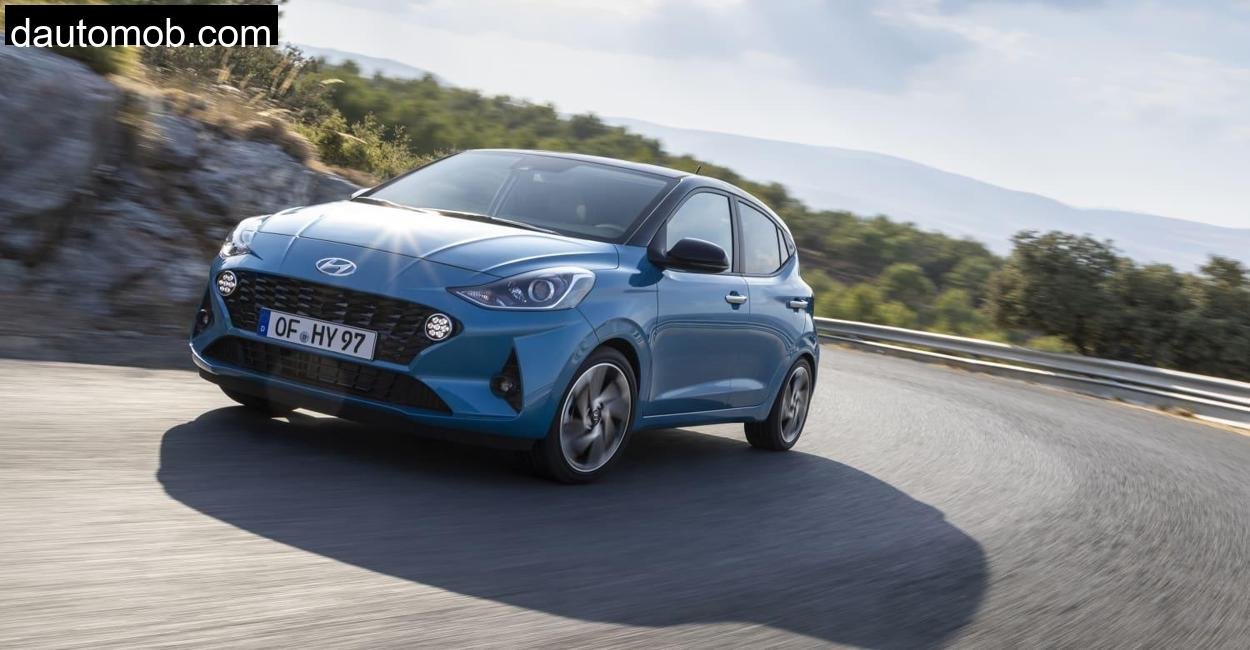I still remember the first time I drove the original Mazda CX, 5 back in 2013. It was crisp, taut, and for an SUV, oddly satisfying on twisty roads. So when the facelifted 2023 model arrived, and I had the chance to take it through Germany’s Westerwald, I knew exactly what I was going to look for, has Mazda preserved that old magic in this new sheetmetal? Has the Kodo design aged gracefully, and more importantly, does it still drive like a Mazda should?
Westerwald is no autobahn. It’s a rugged, rolling terrain, a mix of dense forest, meadows, and narrow roads that dip, twist, and rise without warning. This isn’t just a backdrop for testing cars; it’s a proving ground for balance, torque delivery, and real, world usability. The perfect place, then, to test both the diesel and petrol variants of the newly updated Mazda CX, 5.
A Familiar Face With Subtle Refinements
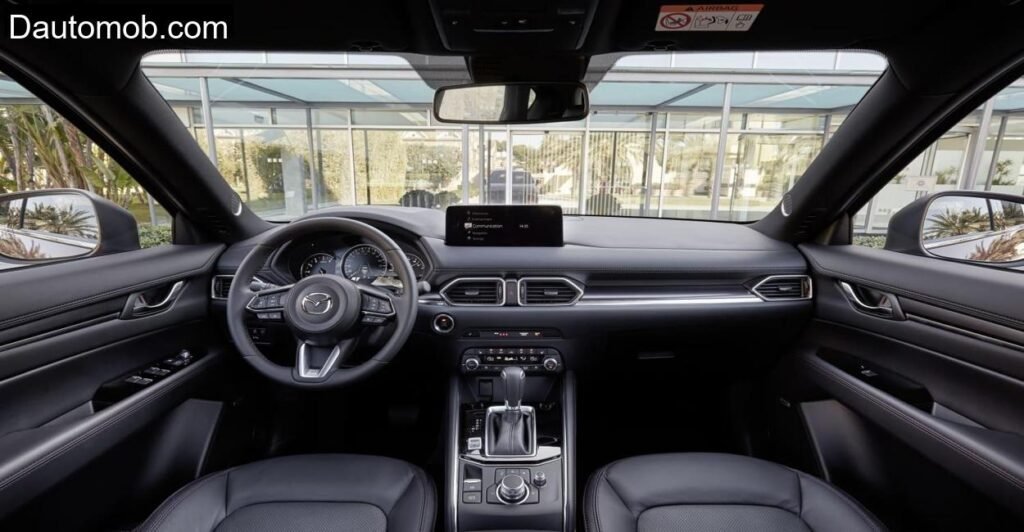
You wouldn’t be blamed for walking past the facelifted CX, 5 without noticing much change. Mazda has taken the “don’t fix what isn’t broken” route. The grille now wears a more three, dimensional wing motif, the LED headlights are tweaked ever so slightly, and the bumpers, front and rear, have been massaged for a sharper, but still elegant look.
What I did notice immediately though was the new color Mazda offers, Zircon Sand Metallic. It doesn’t scream for attention but in sunlight, it subtly gleams with depth. This understated polish is Mazda’s design DNA, and it works.
Slide inside and you’re met with something almost nostalgic in today’s world of tablet, like dashboards: real buttons. The 10.25, inch display is no touchscreen. It’s navigated via a rotary knob, something that might turn off digital natives but delighted me with its tactile clarity. No greasy fingerprints, no accidental taps. It feels driver, centric, purposeful.
There’s wireless Apple CarPlay and Android Auto now, a welcome addition. A 360, degree camera setup joins the features list from the Exclusive Line onwards, and there’s a wireless charging pad if you spec high enough. The new MyMazda app even lets you pre, program routes from your phone, check the vehicle’s location, or lock/unlock remotely. Quietly modern, but not flashy.
Driving Through Westerwald in the Diesel , Pulling Power in the Pines
We began with the 2.2, liter diesel, 184 hp and a muscular 445 Nm of torque. There’s a twin, turbo setup here, and it makes its presence felt right from the first incline out of Montabaur. The engine pulls like a freight train, especially between 1,800 and 3,000 rpm. Climbing towards Bad Marienberg with a couple of bikes on a rear, mounted rack, the diesel felt entirely unfazed.
Acceleration from 60 to 100 km/h takes 5.5 seconds, useful for overtaking tractors or weaving past lumber trucks on those undulating B, roads. You don’t feel rushed; the power is thick and consistent. But the 6, speed automatic shows its age here. It holds gears too long when you want a downshift and hesitates when you punch the throttle mid, corner. This is especially noticeable on twisty descents near the Westerwaldsteig trails, where throttle modulation matters.
Still, the CX, 5 masks its weight well. There’s some body roll, but it’s managed. ESP cuts in early during evasive maneuvers, making the SUV feel safe rather than sporty. And in Westerwald’s unpredictable weather, sunshine one minute, fog and drizzle the next, the optional all, wheel, drive system kept things drama, free.
Fuel economy was less flattering. The official 6.6 l/100 km became 7.3 on our mixed loop. Not scandalous, but certainly not groundbreaking either, especially in 2025. Still, the diesel’s flexibility and real, world torque make it the better road, tripper.
Swapping Keys: The 2.5L Petrol CX, 5 in the Hills
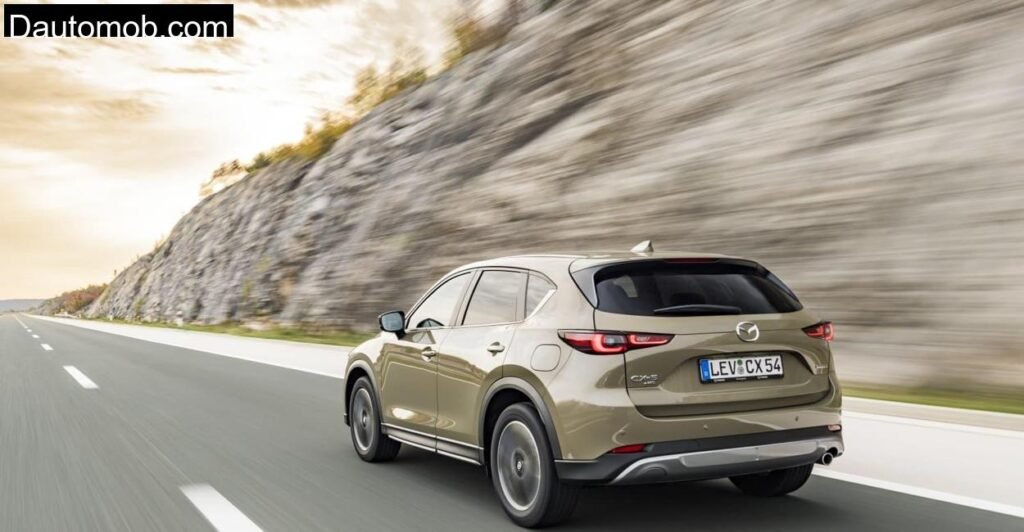
Later that afternoon, I switched into the petrol, powered 2.5, liter CX, 5 with 194 hp. Mazda doesn’t believe in turbocharging its gasoline engines here. That means you need to dig deep into the rev range to make progress.
Climbing the hairpins near the village of Rennerod, I had to keep the revs above 4,000 rpm to feel any urgency. Below that, the engine feels slightly lazy, almost academic. It’s smooth and refined, no doubt, but when you’re driving uphill with two passengers and some gear in the boot, the lack of low, end torque is obvious.
Mazda says the sprint to 100 km/h takes 9.2 seconds. It feels about right. But the CX, 5 petrol is not about speed, it’s about smoothness. This engine rewards a steady hand and a light foot. It glides. The cabin stays impressively quiet, even on coarse surfaces, and the suspension never crashes. Mazda nailed ride quality on this facelift, blending comfort with just enough road feedback to keep you engaged.
Consumption, however, disappointed. Mazda quotes 7.2 l/100 km. I managed 7.9. The mild hybrid tech and cylinder deactivation help somewhat, but it’s not enough to make this engine feel particularly frugal. If you drive mostly in cities or flat regions, it’s fine. But if you’re tackling real elevation changes like we did, the diesel still wins for effortlessness.
Practicality and Cabin Comfort , CX, 5 as a Companion
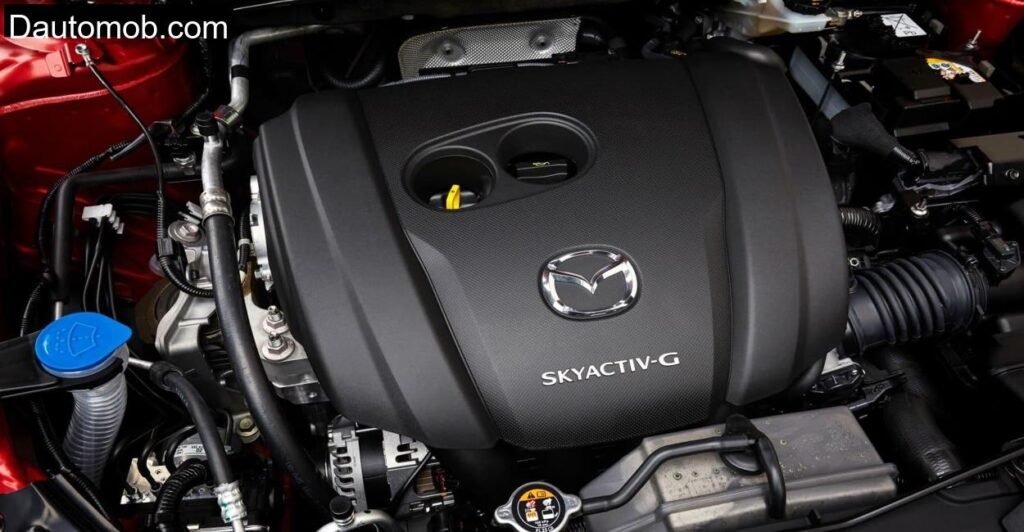
The CX, 5 doesn’t try to reinvent the SUV interior. It perfects what already worked. The seats are snug yet forgiving, with just enough bolstering. I’m 1.88 meters tall, and there was more than enough headroom both front and back. In fact, rear passengers up to 1.90 meters will sit comfortably, though three across the bench is a squeeze.
Trunk space is generous, especially when you drop the rear seats. We loaded in two mountain bikes (wheels removed), camping gear, and still had some room left for a cooler box. The underfloor compartment, about 30 liters, is useful for tools or muddy shoes.
Mazda gives you a real mechanical feel with the seat adjusters, the knobs, and even the stalks. There’s a confidence in the build quality. It feels built to last. No creaks, no rattles, even on poorly surfaced logging roads near the Stegskopf.
Tech, Trims, and What You Get
Mazda isn’t stingy with features. Even the base Prime Line gets air conditioning, cruise control, power windows, LED headlights, and split rear seats. But go for the Center Line or Exclusive Line and things improve dramatically.
Our diesel was the Sports Line Plus AWD (now discontinued), and it came packed with adaptive cruise, 360, camera, matrix LED headlights, and a thumping Bose system. The petrol was the Takumi, equally luxurious and loaded with a head, up display and lane, keeping assist.
One thing that stands out is the Mi, Drive selector. It lets you toggle between Normal, Sport, and Off, Road modes. On gravel paths outside Herborn, Off, Road mode subtly altered throttle response and stability control, enough to make loose terrain feel manageable, even fun.
Conclusion , Soul, Style, but Still Some Gaps
Driving the facelifted Mazda CX, 5 across the Westerwald wasn’t just a test, it was a return to what makes Mazda different. There’s an honesty in how this SUV behaves. It doesn’t pretend to be a sports car, but it stays engaging in a way that most SUVs have long forgotten.
Yes, the engines, particularly the petrol, are behind the turbocharged curve in terms of efficiency. The automatic transmission is no longer class, leading. And Mazda still resists the touch, heavy digitalization trend, which you might either love or hate.
But if you want an SUV that drives with purpose, feels built for real roads, and makes even a foggy morning in Westerwald feel like a small adventure, then the CX, 5 still deserves your attention. Especially in diesel form, it’s a quiet overachiever.
Mazda CX, 5 Technical Specifications
All technical information is instantly derived from Mazda’s verified and official website to ensure reliability.
| Specification | 2.2 SKYACTIV, D 184 AWD | 2.5 e, SKYACTIV, G 194 FWD |
| Engine Type | Diesel (Twin, Turbo) | Petrol (Naturally Aspirated, MHEV) |
| Displacement | 2,191 cc | 2,488 cc |
| Power (HP) | 184 hp | 194 hp |
| Torque | 445 Nm | 263 Nm |
| Transmission | 6, speed automatic | 6, speed automatic |
| Drivetrain | All, wheel drive | Front, wheel drive |
| 0, 100 km/h | 9.6 sec | 9.2 sec |
| Top Speed | 208 km/h | 195 km/h |
| WLTP Fuel Consumption | 6.6 l/100 km | 7.2 l/100 km |
| CO₂ Emissions (WLTP) | 173 g/km | 163 g/km |
| Luggage Capacity (min/max) | 510 L / 1,626 L | 522 L / 1,638 L |
| Towing Capacity (braked) | 2,100 kg | 2,000 kg |
| Base Price (Germany) | €49,140 | €47,440 |
| Warranty | 6 years or 150,000 km | 6 years or 150,000 km |
Is the 2023 Mazda CX, 5 worth upgrading over the pre, facelift model?
Yes, if you value subtle refinements in design, added safety tech, better infotainment, and slight improvements in cabin quality. The changes are evolutionary but meaningful.
Is the infotainment system in Mazda CX, 5 easy to use without a touchscreen?
Yes. It’s intuitive, clear, and less distracting than touchscreens. But if you’re used to touch inputs, there’s a short learning curve.
Which engine is better: petrol or diesel in Mazda CX, 5?
For long, distance drives, hilly regions, or heavy loads, the 184 hp diesel is far superior thanks to its torque. The petrol is smoother but less efficient and needs to be revved.


